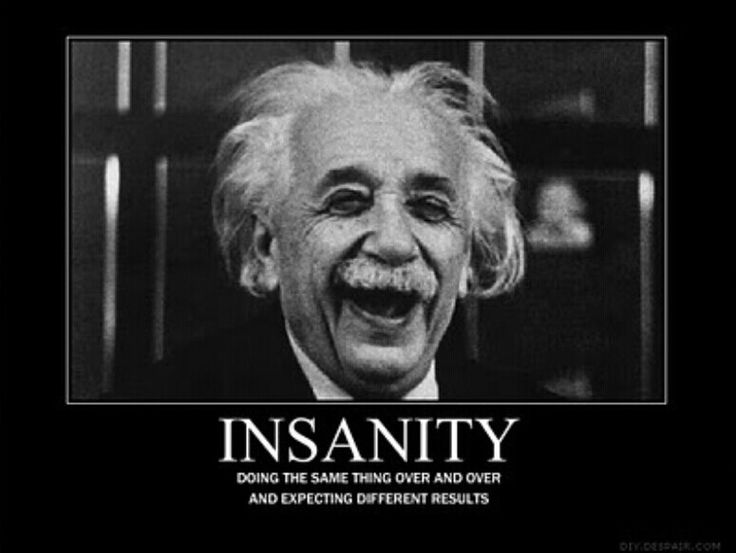Last Tuesday, President Donald J. Trump showed to Canadian officials a plan for a triumphal arch that would sit on the banks of the Potomac River opposite the Lincoln Memorial in a traffic rotary at the Virginia end of the Arlington Memorial Bridge below Arlington National Cemetery. The idea, apparently, is to build the arch to commemorate the 250th anniversary of the United States in July 2026.
Heather Cox Richardson: October 13, 2025
I asked Chattypants to help me digest the above and gave it what I know about the eyesore in Rome which as I recall is near an Irish bar run by Irish where my wife and I had a lot of craic. Here is what my able assistant came up with. Love the conclusion.
I. Mussolini’s “Third Rome” and the Cult of Stone
Mussolini declared that Fascism would build a “Third Rome, greater than the first, greater than the second.”
Architecture was his primary instrument for this revival. Through stone, marble, and vast geometries, he sought to connect his regime to the grandeur of the Caesars.
The Monumento a Vittorio Emanuele II (Altare della Patria)
- Although begun before Mussolini’s rule (in 1885) and completed in 1925, the Vittoriano became central to his myth of continuity — the bridge between monarchy, nation, and fascist empire.
- Its gleaming white Botticino marble, colossal stairways, and neoclassical colonnades dominate Rome’s skyline.
- Intended to glorify Italy’s unification and its first king, Victor Emmanuel II, it was swiftly co-opted by Mussolini as the altar of Fascism.
The Irony of Nicknames
Over time, Romans grew weary of its scale and bombast, dubbing it:
- La macchina da scrivere — “the typewriter”
- La torta nuziale — “the wedding cake”
- La dentiera — “the dentures”
These mocking nicknames reflect what often happens to authoritarian monumentalism:
what begins as grandeur becomes grotesque, the intended awe decays into ridicule.
III. Trump’s Proposed Potomac Arch
Trump’s reported plan for a Triumphal Arch opposite the Lincoln Memorial bears formal similarities — not ideological identity, but symbolic rhyme.
- Like Mussolini and Hitler, Trump seeks a monumental gesture: a colossal structure that asserts continuity, unity, and triumph.
- The location — directly facing Lincoln, the moral figurehead of American democracy — creates a dialectical tension:
humility and sacrifice (Lincoln) versus grandeur and self-celebration (the arch). - The timing — for the nation’s 250th anniversary — ties the project to mythic rebirth: the restoration of greatness through commemoration.
What distinguishes Trump’s proposal is its hybrid nature: not totalitarian, but populist; not an official ideology, but an aesthetic of branding.
In Trump’s world, architecture is not the state’s body but the leader’s mirror.
The proposed arch thus functions as an extension of the Trump Tower aesthetic — classical forms filtered through spectacle, gold, and scale.
IV. The Fate of the Monumental
The historical pattern is clear:
| Architect/Patron | Project | Intention | Later Perception |
| Mussolini | Vittoriano, EUR | Eternal fascist Rome | “Typewriter,” “Wedding cake,” “Dentures” |
| Hitler | Germania’s Arch, Volkshalle | Eternal Reich | Never built; symbolic of megalomania |
| Trump | Potomac Arch (proposed) | Reasserted American triumph | TBD — but controversy already mirrors history |
All these monuments share a desire to materialize myth — to make ideology visible and permanent.
Yet architecture, like power, is never immune to time or irony.
What is meant to endure often ends as parody.
V. Conclusion: Marble, Memory, and Meaning
Mussolini and Hitler believed that architecture could command history; both found that history commands architecture.
The Vittoriano still stands, dazzling and absurd, a wedding cake of nationalism now serving as a tourist platform.
Speer’s arch exists only as a model in museums — a ghost of ambition.
Trump’s arch, if ever realized, would enter this lineage of architectural self-portraiture: part monument, part mirror.
In the end, every triumphal arch asks the same question:
Who, exactly, is triumphing — and over what?
